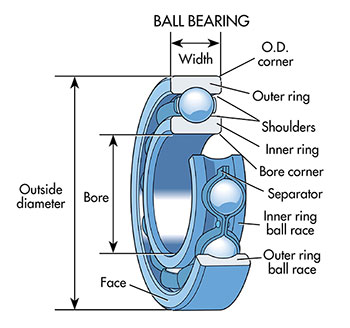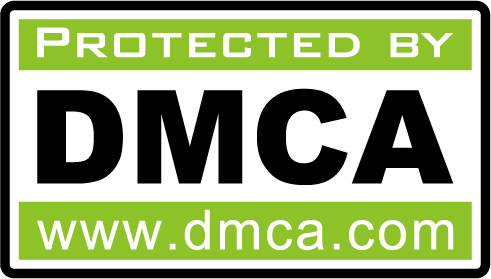Bearing rings are essential components in various mechanical systems, providing support and reducing friction between moving parts. They are typically used in applications where rotational or linear motion is required, such as in machinery, automotive systems, and industrial equipment. Bearing rings come in different types and configurations to suit specific needs and operating conditions.
Types of Bearing Rings
External Retaining Rings
- Standard External Retaining Rings: These rings are designed to open, pass over the end of a shaft, and then release to spring into a groove.
- Inverted External Retaining Rings: These have lugs that point inward for a smoother profile and better clearance.
- Heavy Duty Spiral External Retaining Rings: Thicker than standard spiral rings, these can withstand greater forces.
- Bowed Side-Mount External Retaining Rings: Also known as bowed E-style rings, they have a curved design that acts like a spring for a tight hold.
- Wide-Grip Side-Mount External Retaining Rings: Also known as poodle rings, these thick rings have “ears” that form a large retaining surface to withstand stronger forces.
- Push-On External Retaining Rings: These do not require a groove; they are pressed onto the end of a shaft for a firm grip.
Internal Retaining Rings
- Bowed Internal Retaining Rings: These have a curved design that works like a spring for a tight hold.
- Internal Teeth Retaining Rings: With teeth along the inside, these rings hold chamfered shafts inside the housing of equipment.
- Heavy Duty Spiral Internal Retaining Rings: Thicker than standard spiral rings, these can withstand greater forces.
Fastener Assortments
- Assortments include external, internal, and side-mount retaining ring assortments with pliers for installation.
- External and internal spiral retaining ring assortments do not require tools for installation.
Specialized Bearings
- Shims for Ball Bearing Housings
- Turntables
- Roller Bearings
- Cylindrical Roller Bearings:
- These bearings use cylindrical rollers to distribute load over a large surface area and are often used to support heavy loads at high speeds in applications such as power generation and metal recycling.
Slewing Ring Bearings
iglide® PRT Slewing Ring Bearings:
- Ready-to-install rotary joints designed for maintenance-free dry operation.
- Use tribologically optimized iglide materials instead of conventional metallic rollers or balls.
- Suitable for extreme conditions like high temperatures, humidity, and chemical contact.
Types of iglide® PRT Slewing Ring Bearings:
PRT-01 Series:
- Classic slewing ring bearing with high torsional strength.
- Available in stainless steel versions with iglide® F2 sliding elements for ESD conformity.
PRT-02 Series:
- Designed to be lighter weight and more economical.
- Uses plastic outer rings or all-plastic rings suitable for non-magnetic applications like x-ray machines.
PRT-04 Series:
- Newest high-performer series; 60% lighter, 50% more compact, and 20% more cost-effective than PRT-01.
- Modular design with expanded options such as detents, internal toothing, and cleanroom versions.
Customization Options
- Customizable features include mounting hole patterns, bolt size requirements, or other specific design needs.
- FDA-compliant options available with iglide® A180 plain bearings and stainless steel rings.
Performance Specifications
- Maximum permissible load varies by size; up to 33,000 lbs for the largest model (PRT-01-300).
- Maximum speed also varies by size; up to 50rpm for the largest model (PRT-01-300) and 300rpm for smaller models (PRT-01-20).
- Tolerance range is independent of size at 0.25 millimeters both radially and axially.
- Axial run-out is 0.1 millimeters; radial run-out is 0.2 millimeters during one circulation.











